Rumors have been swirling for ages now that each new year would be the year when Samsung finally launches a foldable Galaxy smartphone. The appeal is undeniable: Using a flexible display and a hinge, consumers would be able to turn a tablet-sized screen into a smartphone shape, and vice versa. There have been numerous patents filed, many of which suggest designs of very different decisions. Unfortunately, CES 2018 has not only brought some bad news (Samsung didn’t have a foldable product to show, wait for it, publically) but some downright disappointment: the phone won’t be coming out until next year due apparently to UX-related problems.
According to reports, Samsung did bring prototype devices to the event, shown behind closed doors. Present were a product that folds inward like classic clamshells, as well as one that folds outward, like that which seemingly 99% of the potential customer base actually expects. Regardless, at the end of the day there’s nothing to see here and thus the clock is once again reset for another long year.
Now seems like as good a time as any to delve into the debatable debacle that is this forlorn foldable, so it’s time to take a trip back in time.
A Bendable Basis
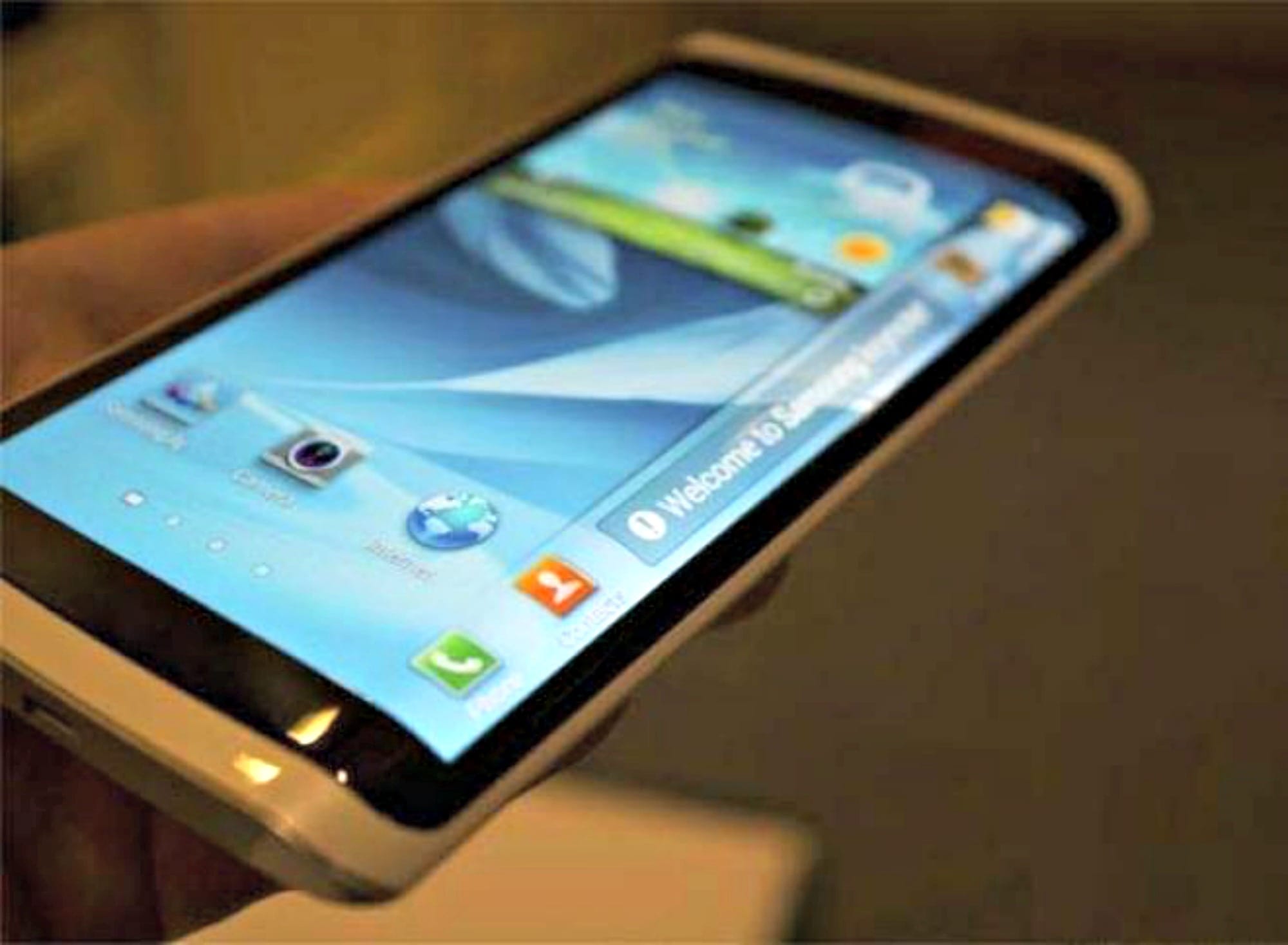
The lead-up to the foldable speculation likely was started back in a November 2014 strategy meeting at the Samsung Investor Forum. At the time, Samsung’s profits were in decline. As reported by Patently Mobile,
Lee Chang-hoon, vice president of the business strategic team at Samsung Display stated during the event they would “be able to supply products with foldable displays to customer companies by the end of next year. Depending on Samsung’s product cycle it’s hard to say if he was targeting September 2015, March 2016 or September 2016. According to Chang-hoon, one device is to be a 10″ tablet and the other a 5.5” smartphone – and the term used was foldable, not flexible or curved like the current S6.
While the Youm concept device that had been unveiled at CES 2013 eventually made its way into the Galaxy Note Edge, it was still a fixed piece of panel and even to this day, there is not a single device on the market that has a flexible OLED panel that can be folded into different sizes. Truth be told, Samsung is not alone in its then-optimistic goals, as LG Display went a step forward back in 2014, literally publishing a slide of its then-intended product progression:
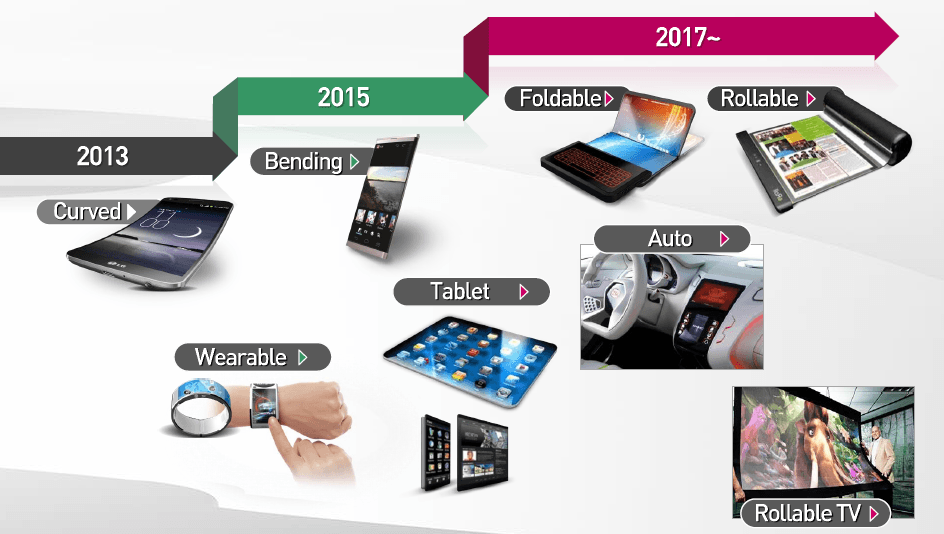
2017 has come and just about gone, yet the only thing LG has managed to muster up this year is a return to POLED displays for the V30 (and Pixel 2 XL) which – if one looks above – was already accomplished in 2013 with the G Flex. Interestingly enough, however, this year’s CES has in fact seen the debut of a rollable OLED television which does fit with the overall timeline.
Proof in Patents…?
As mentioned, Samsung has filed numerous patents for foldable products, with the whole R&D endeavor allegedly being called “Project Valley”. There are what is quickly becoming almost an impossible amount of detailed diagrams, however, this piece will focus on some of the more potentially relevant ones, such as this which was filed in Q2 2015:

While the filing above is clearly a foldable product it clearly lacks a foldable display however. In fact, the device looks quite similar to actual products which have already been released, but more on those shortly.
Also discovered in 2015 were some other, more sure-fire designs such as this one, for a rollable scroll-style tablet:
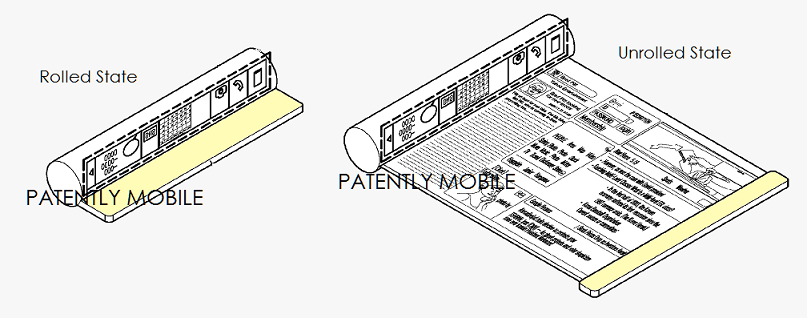
And this one:
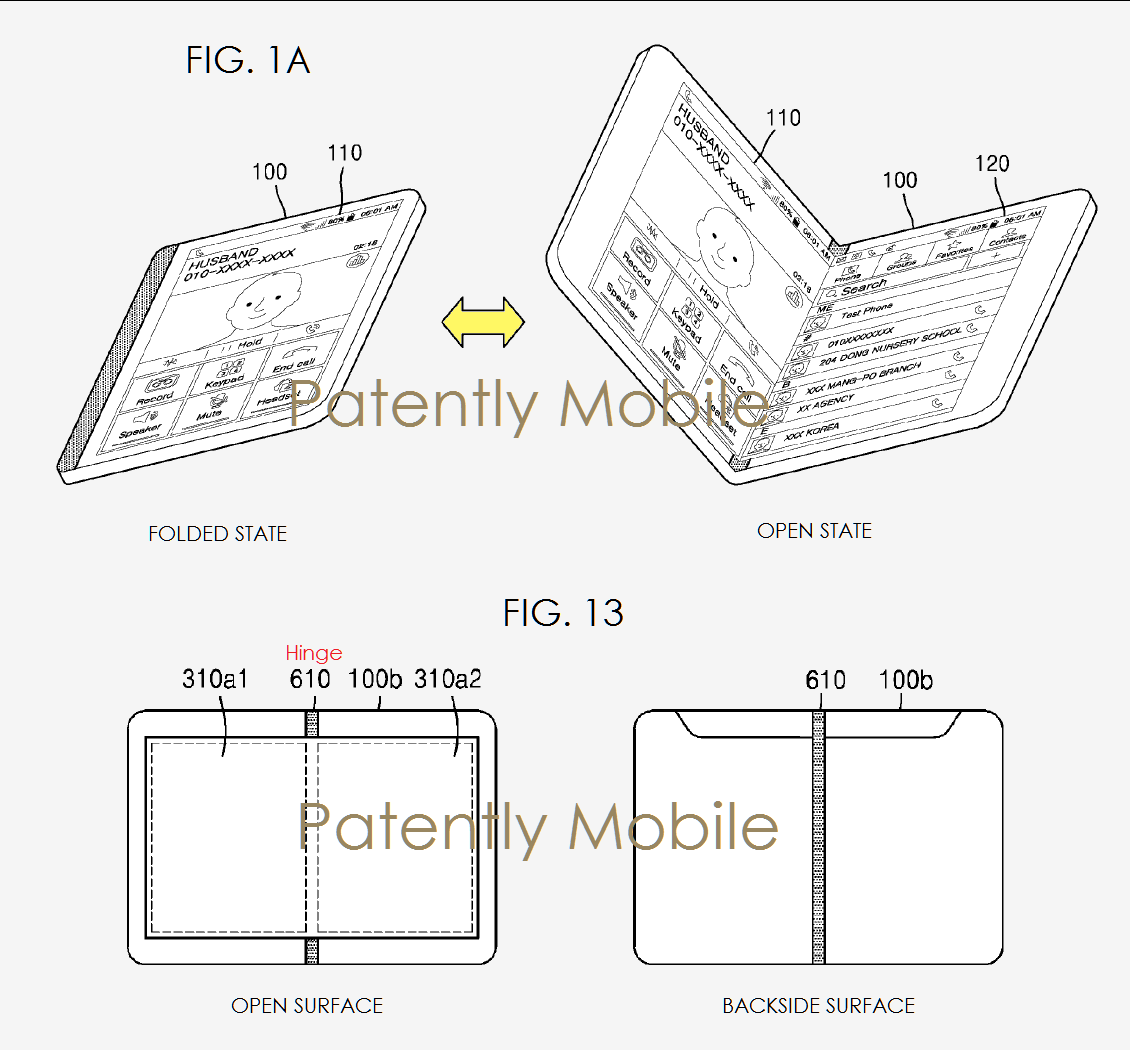
The above designs are very much in-line with the core idea of a foldable tablet, and very much the kind of product that most of the industry is actually assuming will be released to market. It is somewhat difficult to understand just how this device would work, however, as it seemingly can bend both inwards (Fig 1-A right) and outwards (Fig 1-A left). The back design (FIG. 13 right) definitely looks like the language seen in Samsung’s first generations of tablets like the Galaxy Tab 10.1 and the Galaxy Note 10.1.
More (/Recent) Patents
Some of the design ideas that have been filed in more recent years present a product that looks much less like a tablet and more like an elongated phone. Think a stretched-out Galaxy S8+ with a soft center:
In 2016, the following patents and leaks were disseminated:

Which was then further leaked by GalaxyClub.nl
Suffice to say the above images certainly do not look like the foldable tablet that many are expecting, and a leak from October of last year hardly puts anyone’s concerns to rest:
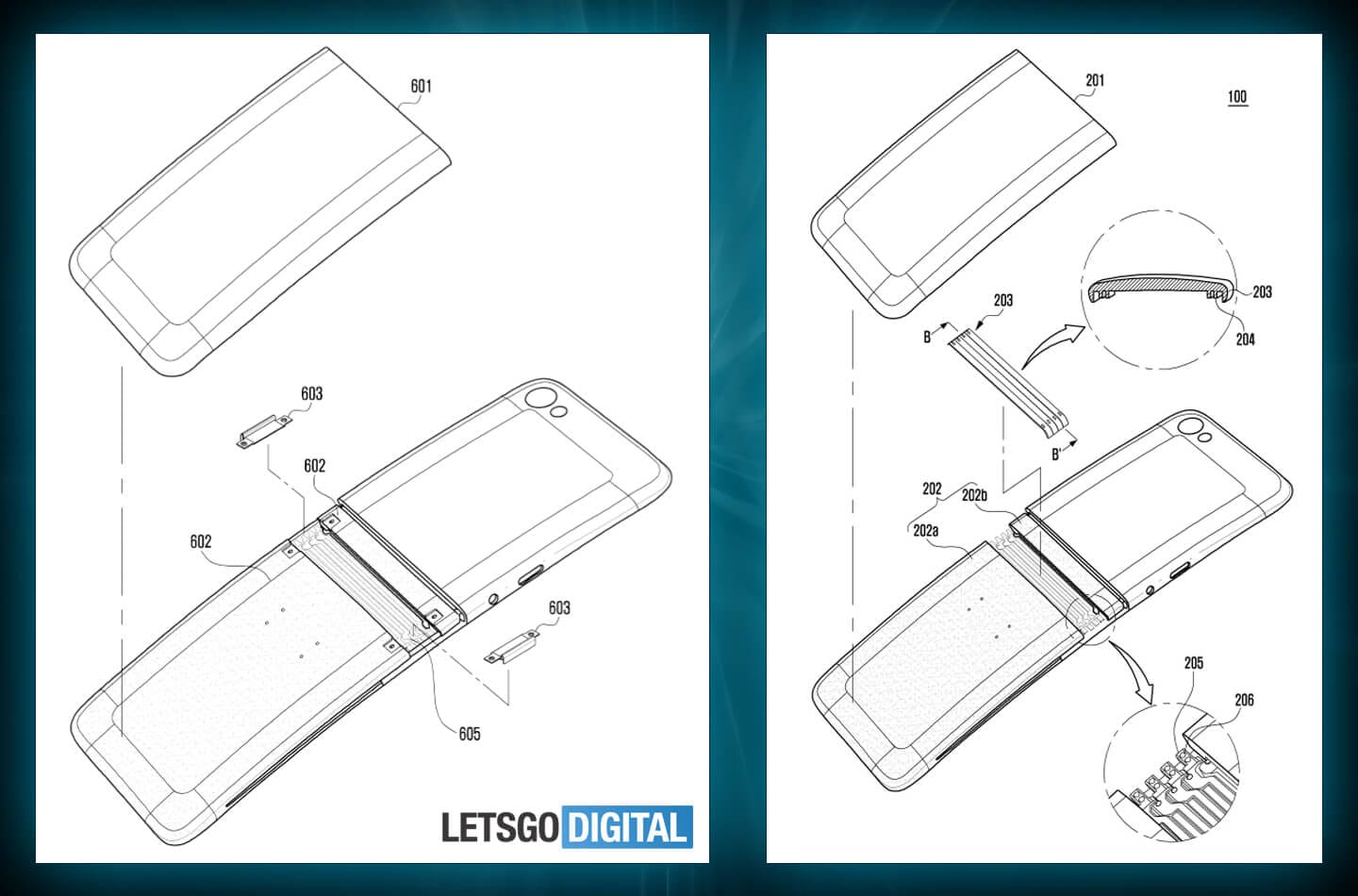
Until this month, leaks had suggested 2018 would have been THE year Samsung was supposed to launch the “Galaxy X” smartphone, which would have been the fabled foldable. More recently as well, were additional filings found:
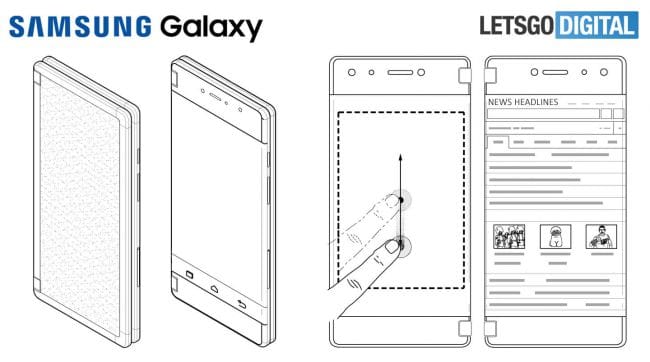
The above image looks quite literally like the recently released ZTE Axon M, a phone that was absolutely decimated in reviews. Special attention should be paid to the on-screen navigation buttons, however, which have been phased out with Android 5.0 Lollipop, thus suggesting this patent was actually designed quite some time ago.
2019 is going to potentially be a hard sell
At this point in time, the tangible benefits of a foldable device are somewhat less stellar than they were half a decade ago. Back then, tablets were still selling and phablets were less omnipresent. There was a genuine need for a portable device that came with a larger display, but these days tablets are a sinking ship and smartphone screens are larger than ever with the Galaxy Note 8, for example, coming in at a whopping 6.3 inches. More and more companies are releasing products with similar aspect ratios which further dilutes the water.
Of course, many people might want the ability to have a convertible tablet (or expandable smartphone depending on one’s viewpoint) and so there will definitely be interested buyers. But this is true of seemingly any new product, and simply not enough to substantiate an entirely new product category that will have a long period of success.
The problem is in how the final product would ultimately work. There have been numerous dual-screen devices released over the years: the Kyocera Echo, the Sony Tablet P, the Japan-only Medias W. Even computers have gotten in on the action with the Asus Taichi and Toshiba Libretto W. Of course, all these products were one-offs, because they flopped. For reasons unknown, ZTE had the gall (or guts?) to launch another entry into the dual display saga with its Axon M. Suffice to say reviews have been brutal.
Chances are that if Samsung releases anything BUT a bendable display, it will also flop.
Assuming then, that the Galaxy X will be way Project Valley “promises”, just how well will it work? LG’s G Flex series were bendable in the sense one could flatten out the display by exerting pressure. And the plastic OLED would return to its curved shape after a few seconds. But there were bubbles that appeared.
Two years ago, Lenovo unveiled an actual working prototype of what everyone has assumed Samsung would be releasing. Called the Folio, it definitely turned heads:
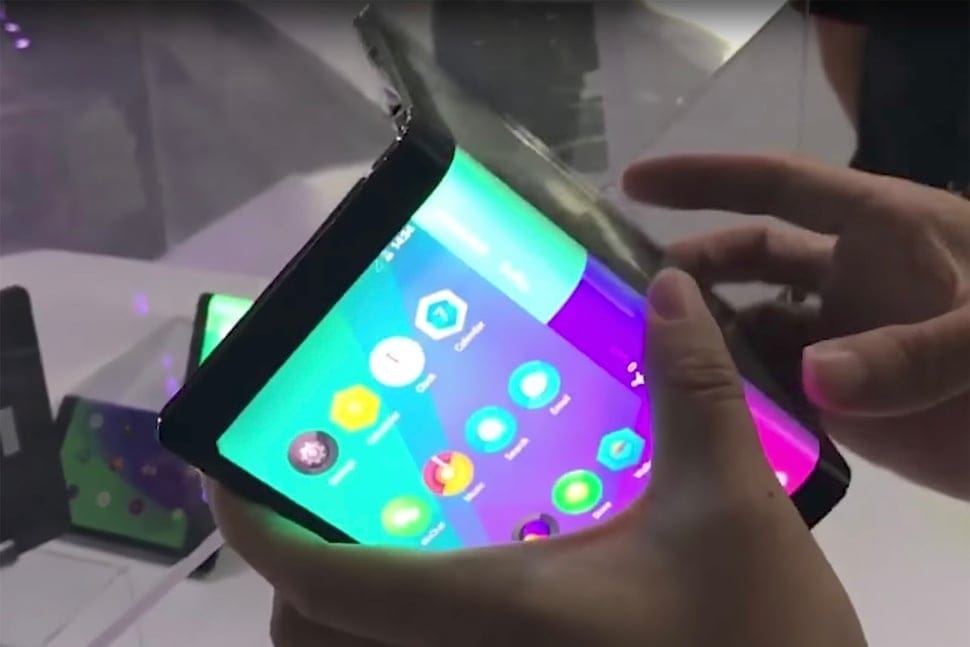
To say that this product should shame Samsung is an understatement. Here was, quite plainly, a working publically viewable prototype of a product that could seemingly be made. From Lenovo. Not only does it demonstrate just how quickly Chinese OEMs are catching up to the established players – or perhaps have already caught up or even surpassed them – but it even suggests Lenovo could have a consumer product out in the market before Samsung were ever to announce its mystery machine.
Hard(ware) limitations
One aspect of the foldable phone’s design that will potentially be a major point of concern is the hinge. While the display itself may be flexible and resilient, the metallic connectors and wires underneath it are a different story. In fact, the more severe the hinge folds, the greater the stress that will be placed on said metal parts. Folding the phone in two like a book will be an almost-insurmountable task for current technology whereas a design not unlike the GalaxyClub.nl 3-D render image above would make things slightly better. (Think: Microsoft Surface Book and its Fulcrum hinge). This product is going to cost a small fortune most likely and would be used – and bent – thousands upon thousands of times.
At the same time, Samsung can’t feasibly release a product with a split-screen like the Nintendo 3DS or Axon M, because it’s been done before and technically is no different than a product like the Galaxy W folding flip-phone. There is seemingly no way that all these years of R&D and hype could yield a product that defines downwards all the expectations customers had. In a way, Samsung would be better off scraping the project entirely than releasing a run-of-the-mill foldable product.
Indeed an interview with the head of Samsung Mobile, DJ Koh, seems to indicate that the hinge is potentially a prime suspect in the delay situation: “We want to have a good reaction from customers once the phone is out in the market. But there are still durability issues that we need to address.”
Also read: Samsung Galaxy Note 9: Everything we know so far
LG on the attack?
A short while ago, a patent filed for a foldable made by LG was discovered:
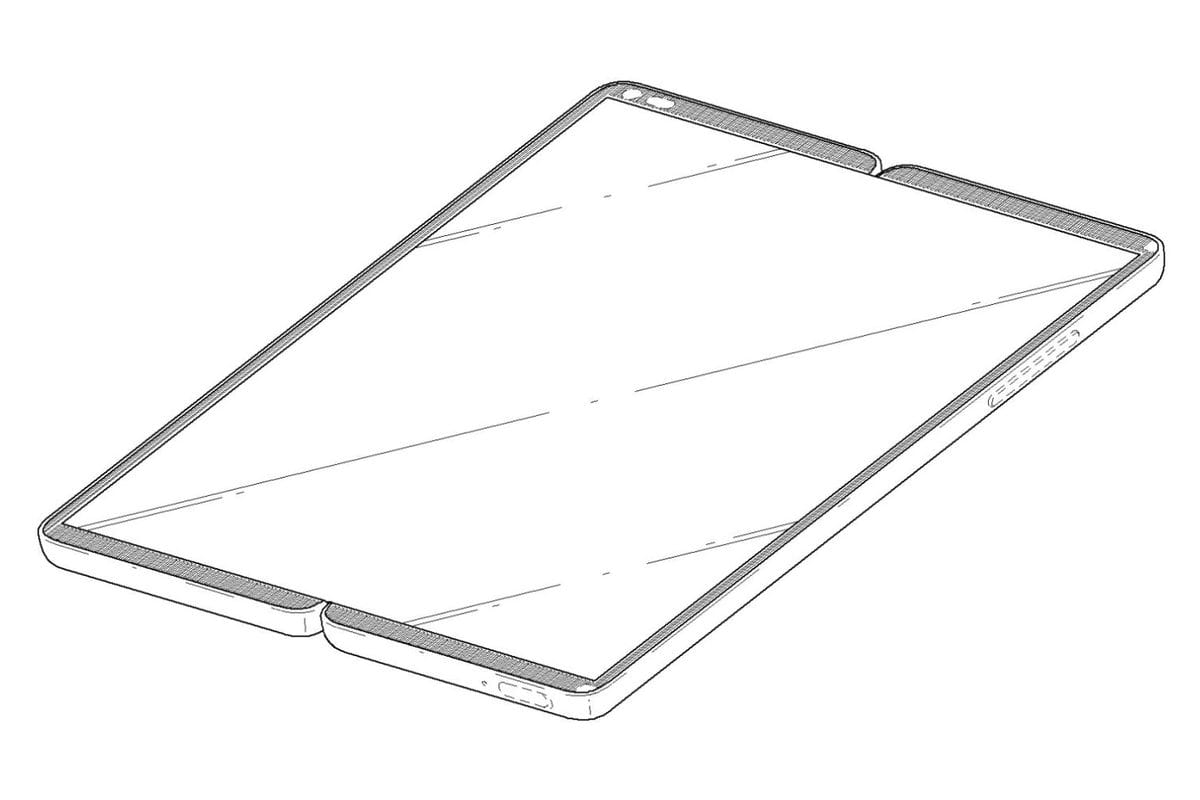
And along with it, two variants of the device: one that has a panel on the pack of the phone that would have an Always On Display-type function (top two images) and one that uses the actual display itself to show the relevant information, similar to what Samsung managed with the Galaxy Note Edge (bottom two images):
These are perhaps some of the most well-organized and modern looking patent filings to surface within the bendable display segment. If LG were to actually bring something like this to market, it could very well leave a substaital impression on consumers. And if LG can bring something like this to market soon, it will be able to one-up Samsung something fierce, an ambition the Korean conglomerate has been trying to achieve for ages. It should be important to point out that it was both LG and Samsung that had products with bent displays, not just Samsung. The Galaxy Round was met with the LG G Flex, and the Galaxy Note Edge with the G Flex 2. LG is clearly not keen on just sitting on the sideline when it comes to advancing display technology.
It might not be called Galaxy X!
Reports surfacing from South Korea claim that Samsung has plans to make tweaks to its flagship smartphone naming strategy. Following the launch of the Galaxy S9 and S9+, you’d expect to see the Galaxy S10 unveiled next year. However, it seems the tech giant will be getting rid of either the S moniker or the numbering system in next year’s flagship.
There’s talk of Galaxy X, where X could still stand for 10, but this would also mean the foldable Galaxy phone won’t be called Galaxy X as it has been rumored before. Also, since Samsung had finally harmonized its naming strategy with that of Apple (S7 and iPhone 7 in 2016, S8 and iPhone 8 in 2017, S9 and possibly iPhone 9 in 2018), it’s likely to go with Galaxy X (and Galaxy X Plus) in an attempt to match Apple’s rumored top gadget later this year, the iPhone X Plus.
It’s worth noting that up until now, the rumored foldable Samsung phone has mostly been referred to as Galaxy X. If, however, Samsung opts to use this name on the Galaxy S9 successor, we could end up with something different on the foldable handset. Perhaps Galaxy F, where F would stand for Foldable or Future?
For now, your guess is as good as ours. On the brighter side, Samsung did confirm that the phone is in the works.
Update [June 14]: According to The Korean Times, Samsung Galaxy foldable smartphone will be ready for purchase as from 2019, but you better control your lust for the device is said to cost in the regions of $2000. Of course, this isn’t a cheap price tag and for a device that will be making its debut, it seems like a far-fetched move, but then again, this is Samsung we are talking about.
Like what we’ve seen before on the ZTE Axon M, it is said that the Samsung Galaxy foldable smartphone will have two display screens that unfold to make one. A 4.3-inch outside panel will also be part of the phone to act as a cover. When unfolded, the Galaxy X will achieve a maximum screen size of 7.3 inches.
As you can see, we are already talking about three display screens, which means that the said Galaxy X could be thicker than what you’d expect to see on a modern smartphone. Still, “in a world where Android backers are doing all they can to stand out from the crowd, the reason top-tier smartphone firms are jumping into the market is because foldable designs are different and allow customers to use them one-handed, while also providing a larger high-resolution display when multitasking is desired,” a Samsung engineer said.
Also read: Samsung Galaxy S10: Everything we know so far
As for the launch date, Samsung is said to be working on showing the prototype to carriers beginning 2019, something that explains the alleged 2019 release date for the Galaxy X.
Wrap Up
Foldable devices have been one of the major mythical unicorns in the consumer product market. People have been talking about the idea and dreaming of the devices for ages now, yet never before has the industry been so close to the actual announcement. Still the final hurdle – a product release – remains elusive and with seemingly no real end to the tunnel. Samsung is clearly working on a product that it feels will be a worthwhile venture, yet the clock continues to countdown: Will another company – such as Lenovo – beat it to the punch? Will smartphones themselves become so large that a foldable device isn’t even relevant? Does anyone even care about the prospect of a large tablet at all anymore, especially if it might cost about $2000?
What do you think? Would you still like to see this so-called Galaxy X come to market, or has the dream gone on for too long?

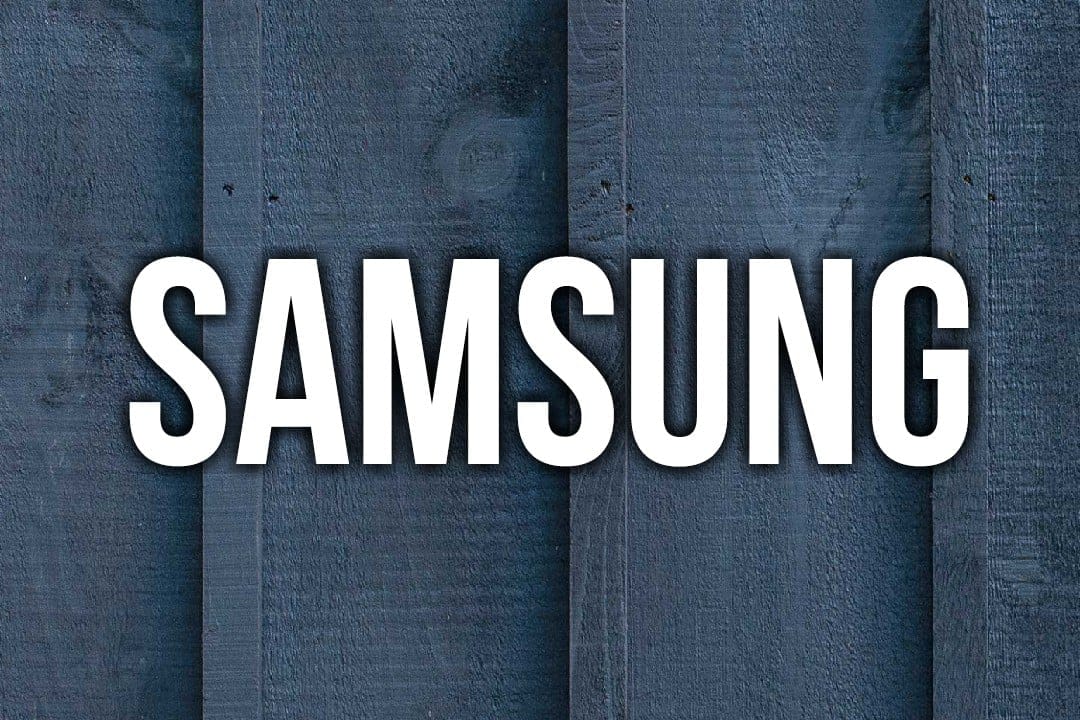
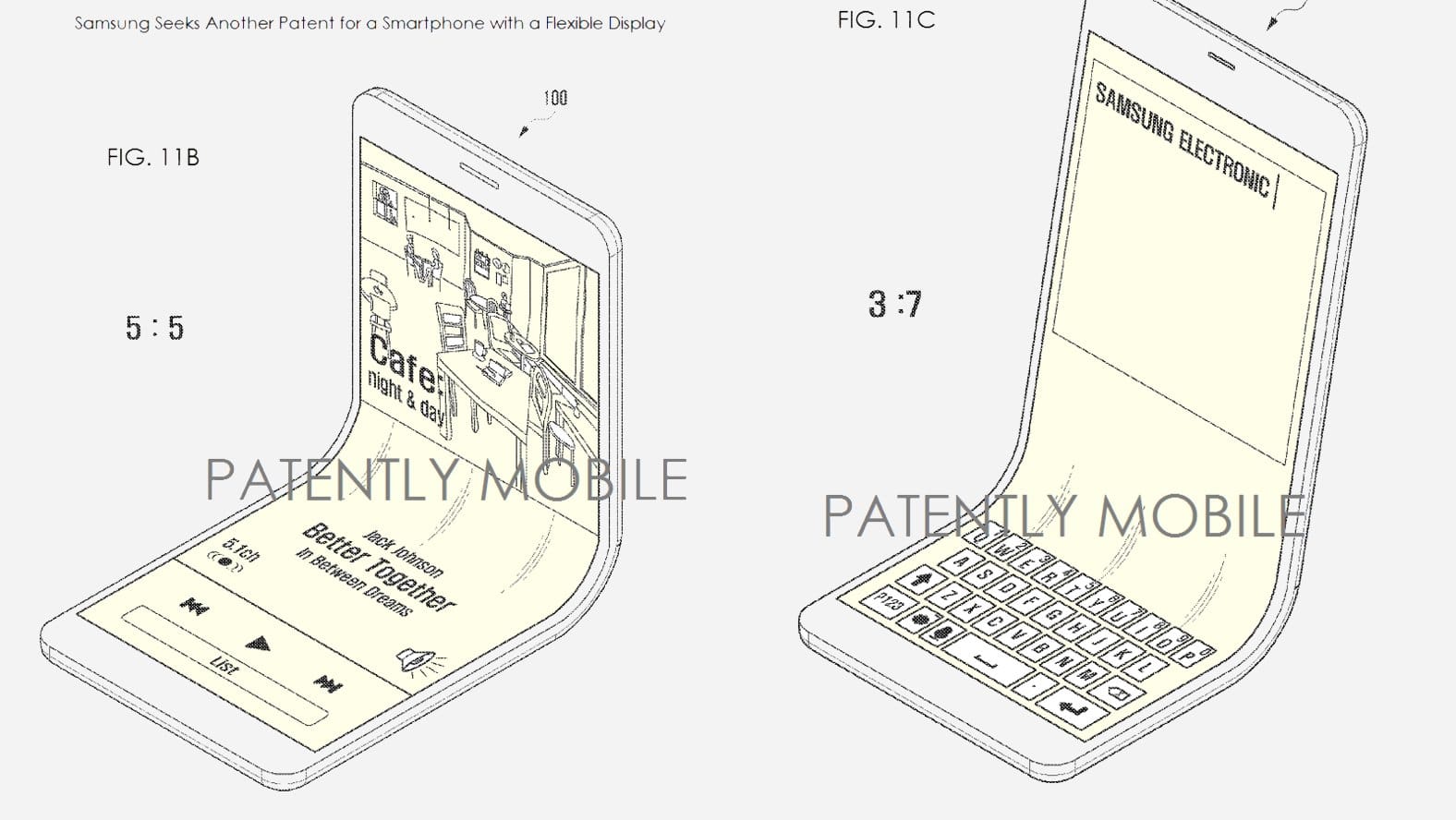
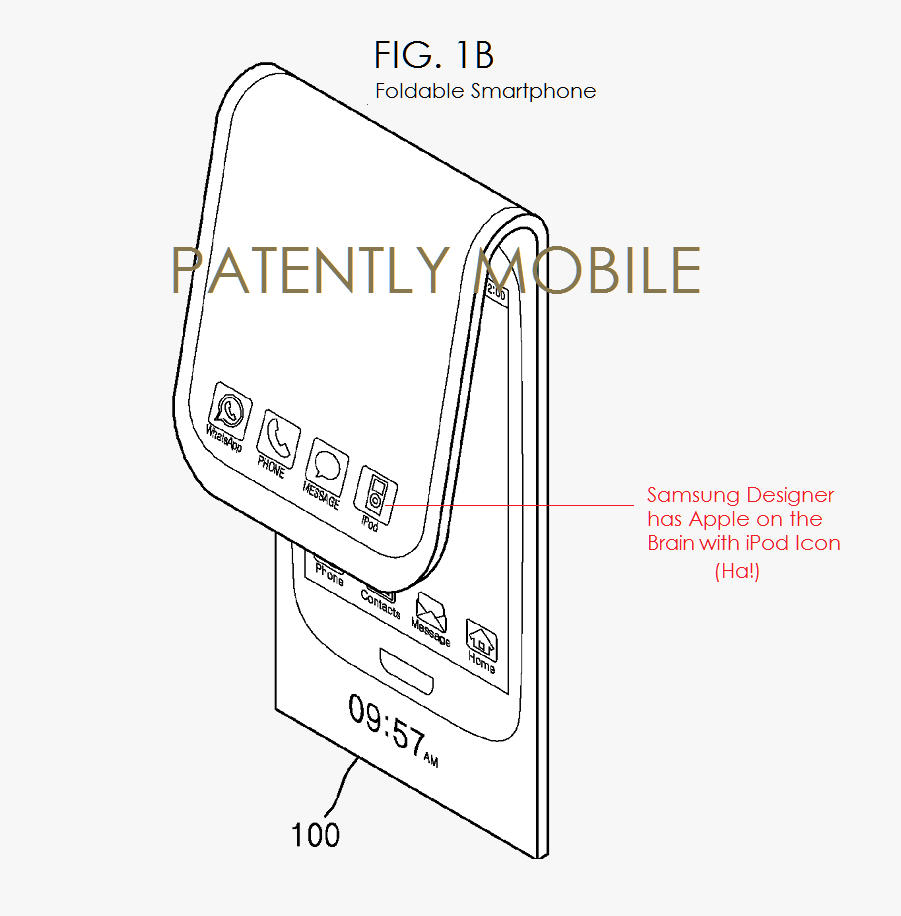

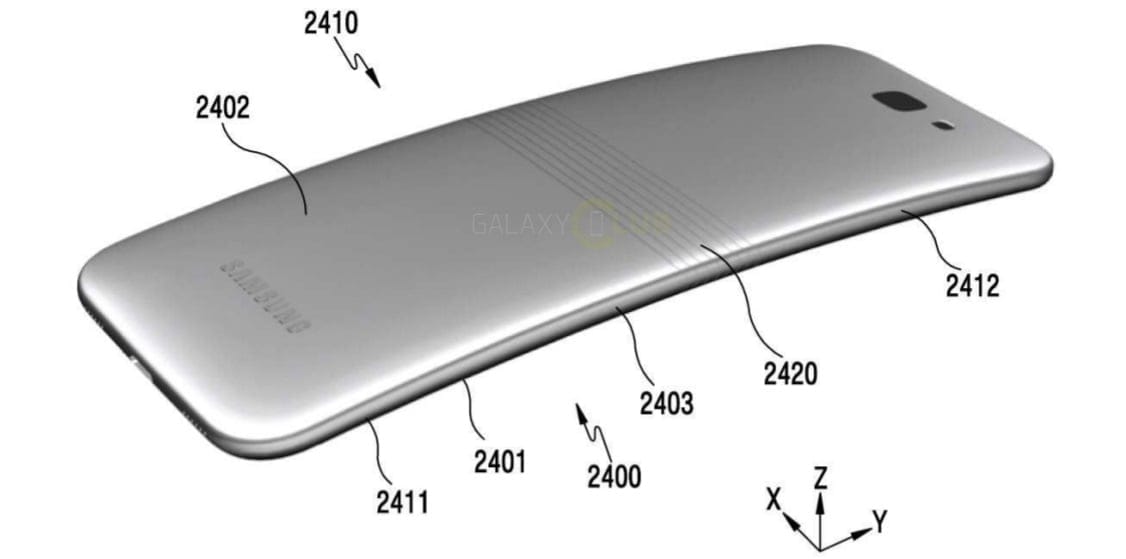
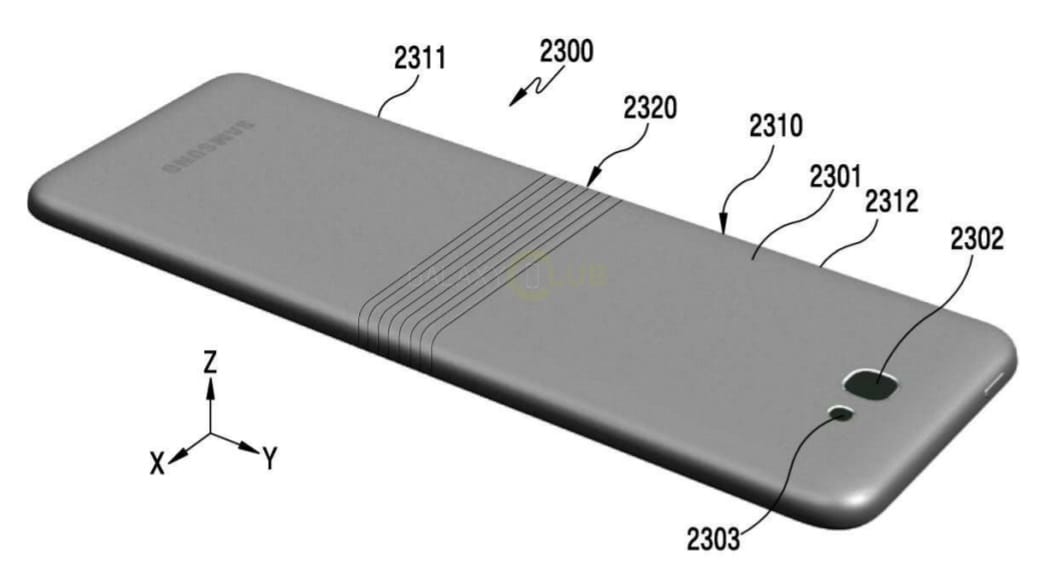
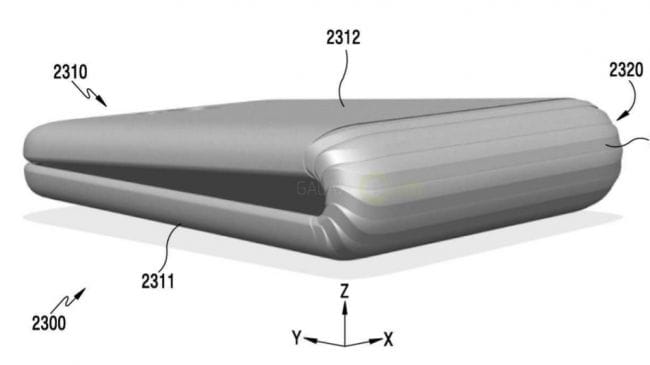


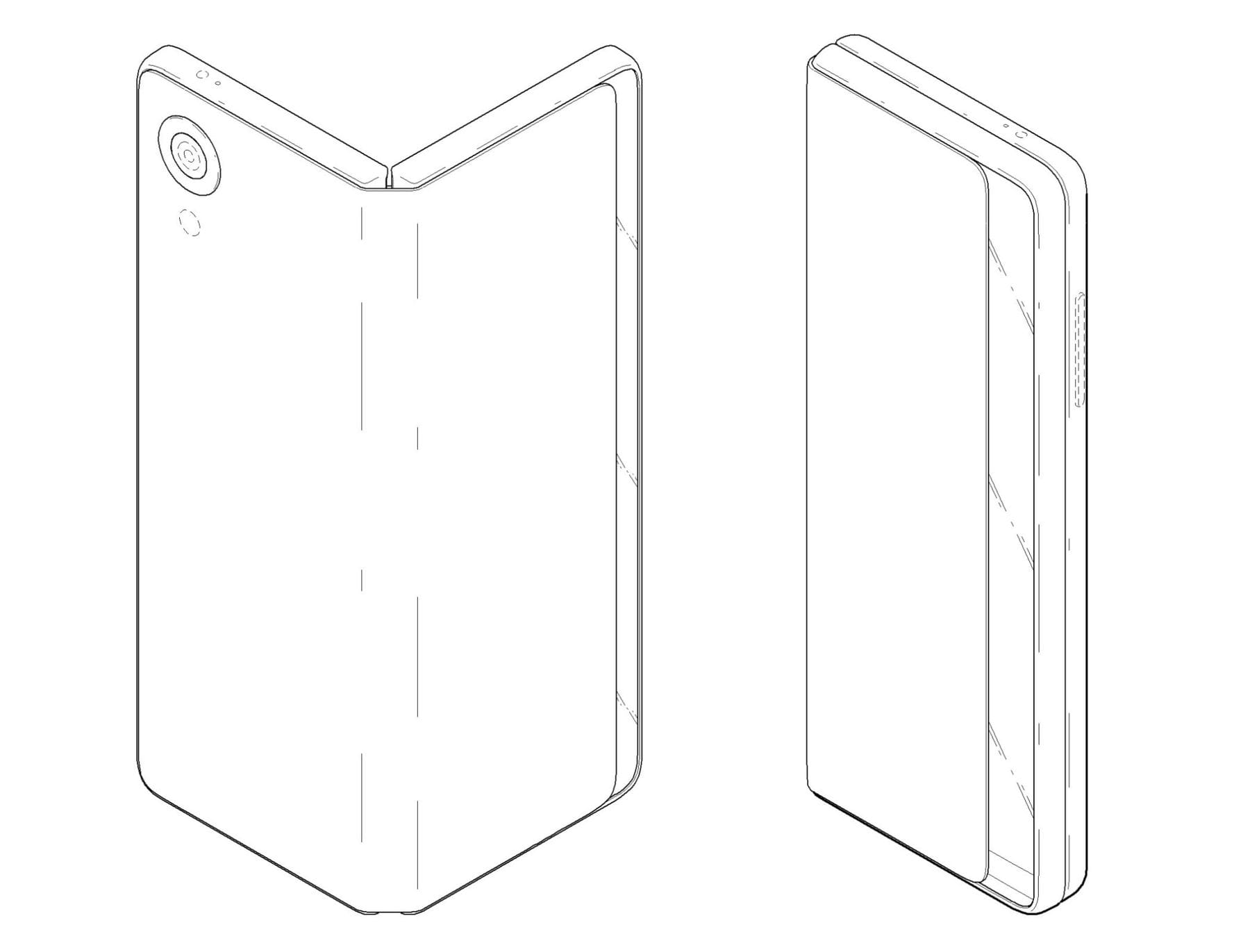
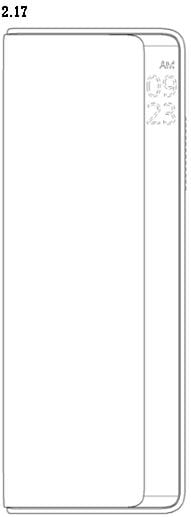
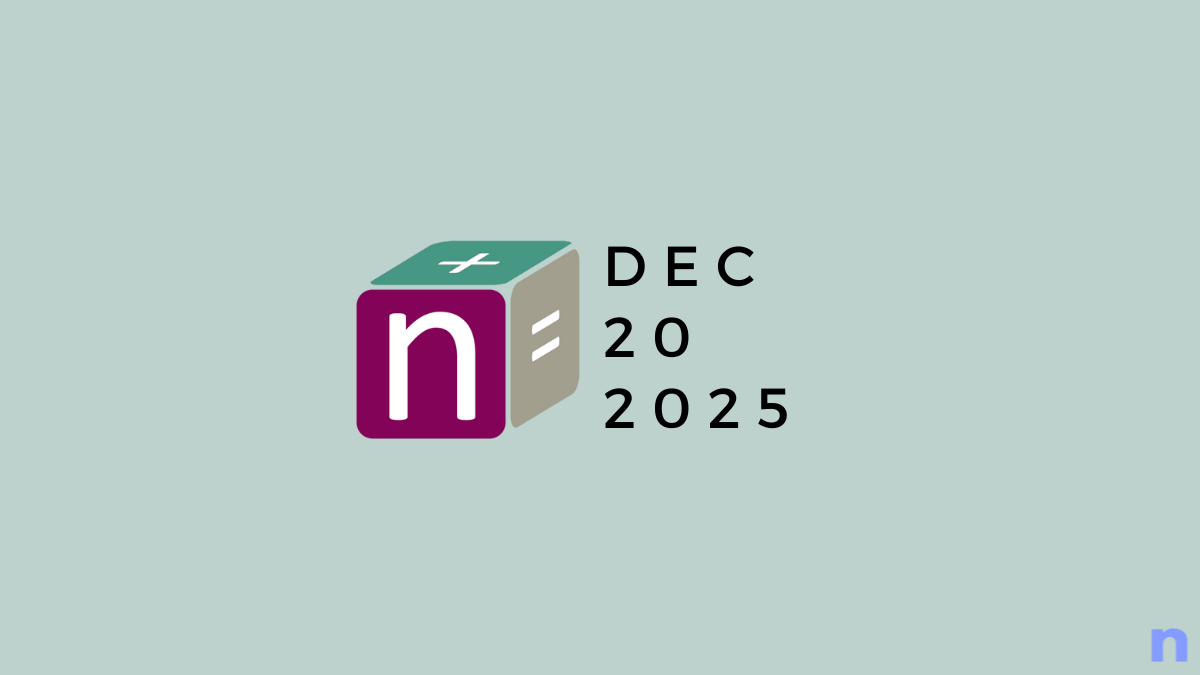










Discussion